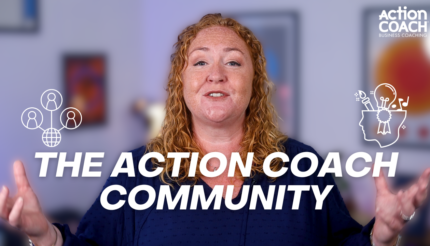For any business hoping to move forward and grow it’s important to take planning seriously. As a business coach a large part of my role centres around the planning process and encouraging clients to take a step back from their daily operations to look at the bigger picture. But this can be a little daunting; there’s a lot to think about within any business! So, during planning it is helpful to think about your business in terms of four key areas, or “buckets”. These are sales & marketing, operations, finance & administration, and people. By breaking down your business like so you will gain a sharper focus and drive business success as a result. Now let’s take a look at these key areas of your business.
Sales & Marketing
The first bucket, Sales & Marketing, is concerned with activities related to acquiring clients and winning business. During the planning process, it is essential to evaluate and improve strategies in this area. This might involve developing effective sales scripts, refining the sales process, or clarifying your target market to ensure clearer messaging. The planning process should also take your budgets, expenditures and return on investment into account so you can lay a solid foundation for sustained growth.
Operations
The second bucket, Operations, focuses on the day-to-day activities necessary for a business to function effectively. During planning you should look at creating and streamlining processes, implementing systems, and enhancing overall efficiency. Although creating processes and systems may require significant effort initially, the long-term benefits outweigh the short-term costs in terms of your time and energy. By carefully evaluating operational workflows and identifying areas for improvement, businesses can enhance productivity with a framework which will allow for sustained success.
Finance & Administration
The Finance and Administration bucket involves managing the financial aspects of the business, including invoicing, payment processes, and reporting systems. During the planning process, businesses should assess their cash flow, analyse the time it takes to receive payments, and review their financial reporting systems. By streamlining financial processes and gaining a better understanding of key figures and information, businesses can make informed decisions that positively impact their bottom line.
People
Whilst the first three buckets are of course vital for businesses hoping to be successful, they count for nothing without due attention to the people within it. It’s important for business owners to focus on activities that enhance the overall well-being, growth, and development of employees. This can include conducting regular one-on-one meetings, creating development plans, providing training opportunities, and up-skilling leaders and managers. By investing in your people, you can foster a positive work environment, increase employee satisfaction, and ultimately drive overall business success.
Utilising the Framework for Effective Planning
To make the most of this framework, it is crucial to incorporate it into the planning process effectively. By categorising business activities into these four key buckets, your businesses will have a clearer understanding of its priorities and can focus your energies on these. Each bucket should be thoroughly evaluated, and specific objectives and strategies should be developed. By addressing the unique needs of each bucket, businesses can ensure a comprehensive and well-rounded approach to planning that aligns with their overall growth strategy.
Incorporating the “4 Key Buckets in Business” framework into the planning process provides businesses with a strategic and structured approach to growth. By dividing business activities into Sales & Marketing, Operations, Finance & Administration, and People, businesses can gain clarity, set priorities, and effectively allocate resources. Embracing this framework empowers businesses to create a comprehensive growth strategy that addresses all critical areas, leading to improved performance, increased efficiency, and long-term success. So, why not leverage this framework for your planning and take your business to new heights in the next quarter? Take a look at my 90-day planning days.





